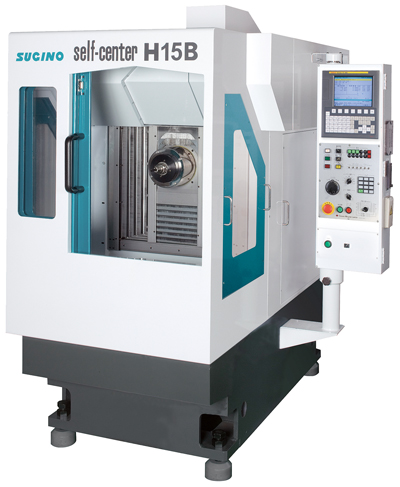Self-Center H15 and H15B HMCs
Self-Center H15 and H15B HMCs
Sugino Corp. introduces its Self-Center H15 and H15B horizontal machining centers.

Sugino Corp. introduces its Self-Center H15 and H15B horizontal machining centers. These machines are for milling, drilling, tapping and boring of small to medium-size parts in aluminum, cast iron and carbon steel, such as brake, engine and transmission components. The H15 and H15B feature BT30 high-pressure, coolant-through spindles with maximum speeds up to 15,000 RPM and 20,000 RPM, respectively.
Specifically designed for saving space and energy, the H15 sits within a compact 4.5' x 9' (1375mm x 2750mm) footprint, while the H15B is even more compact with a 3.5' x 9' (1020mm x 2690mm) footprint, using up to 25 percent less space and energy.
Additionally, these horizontal machining centers provide a work area of 11.81" x 13.78" x 13.78" (300mm x 350mm x 350mm), accommodating a weight up to 770 lbs. (350kg) for the H15, and a work area of 7.87" x 7.87" x 7.87" (200mm x 200mm x 200mm), accommodating a weight up to 1100 lbs. (500kg) for the H15B.





